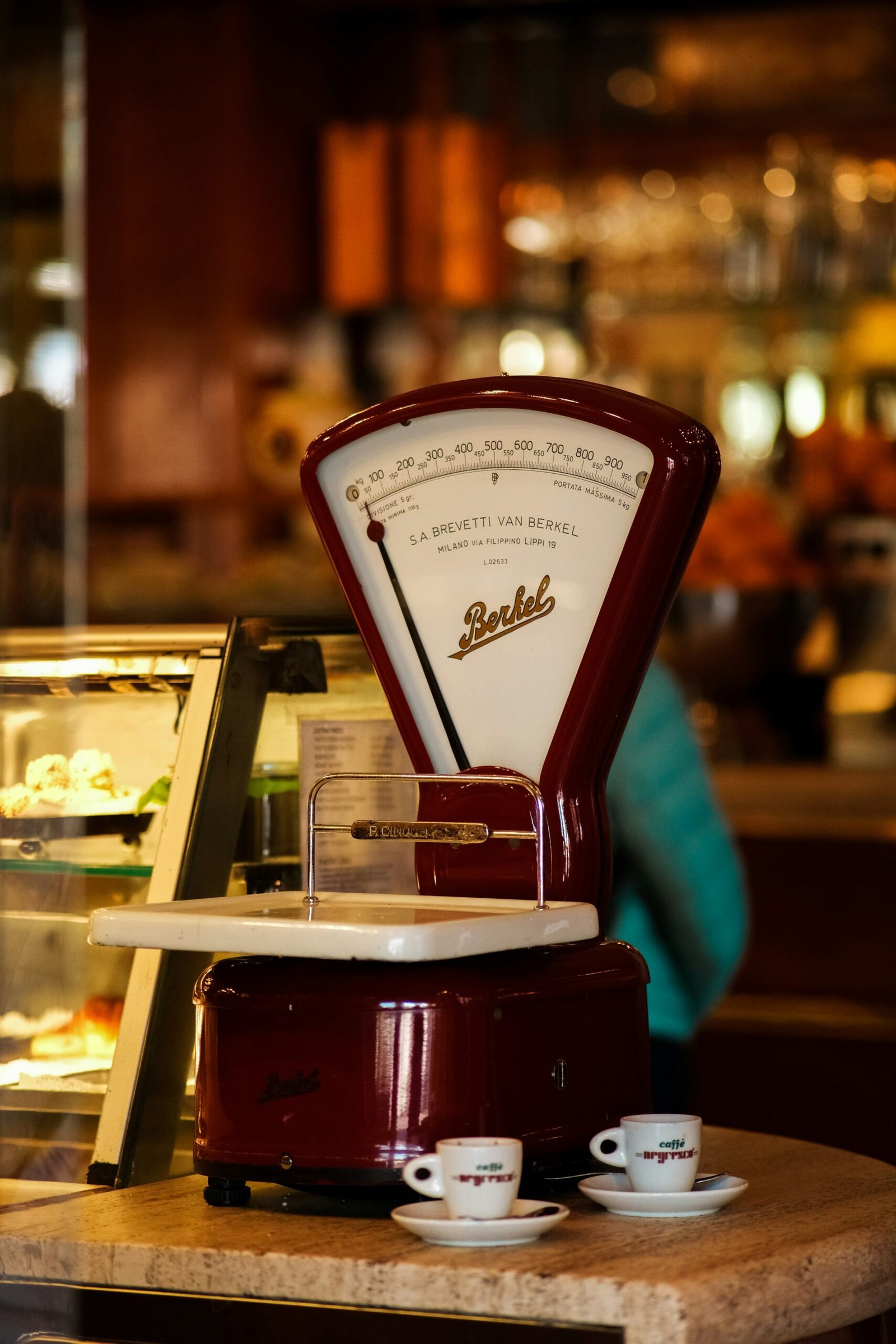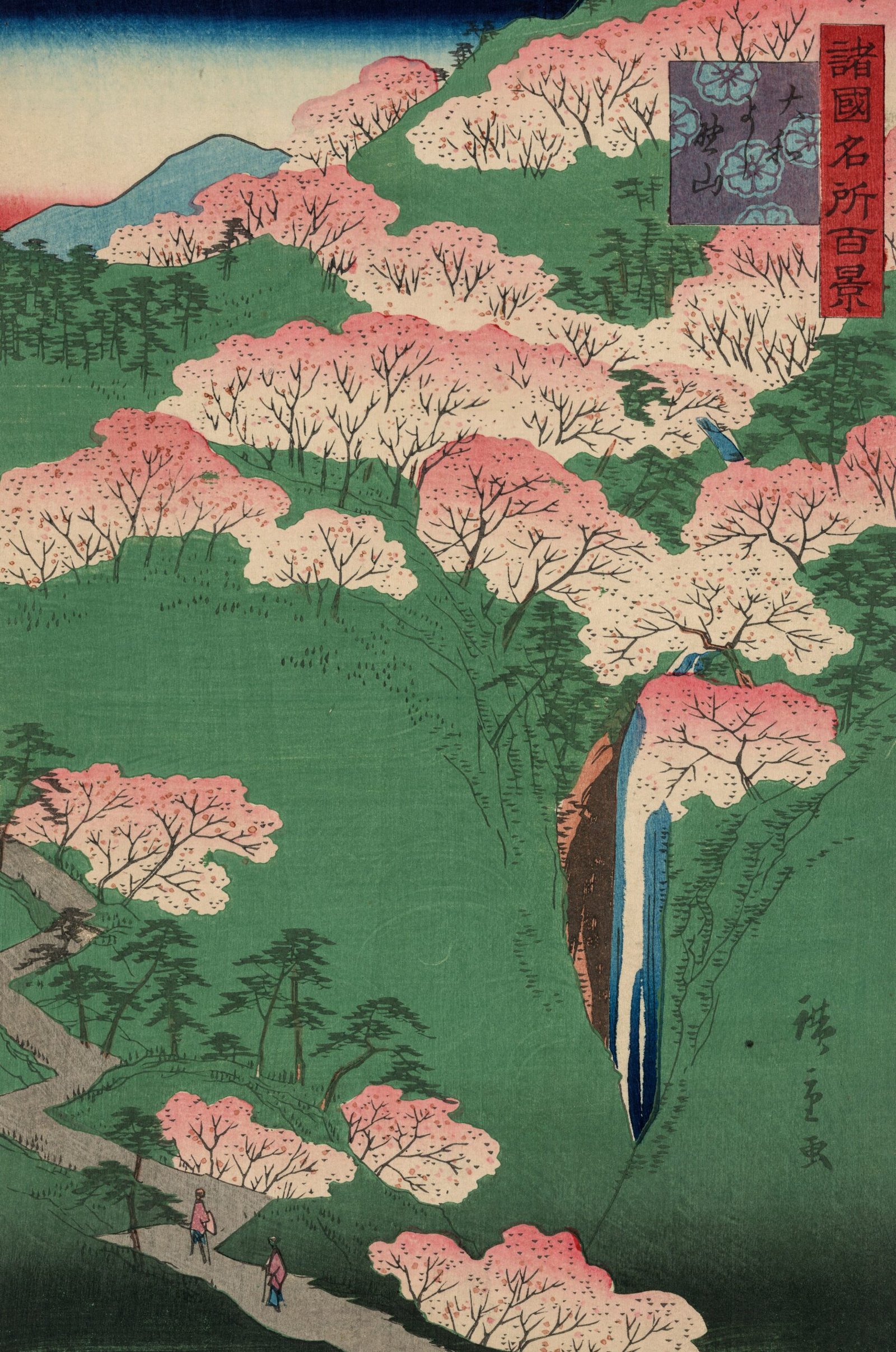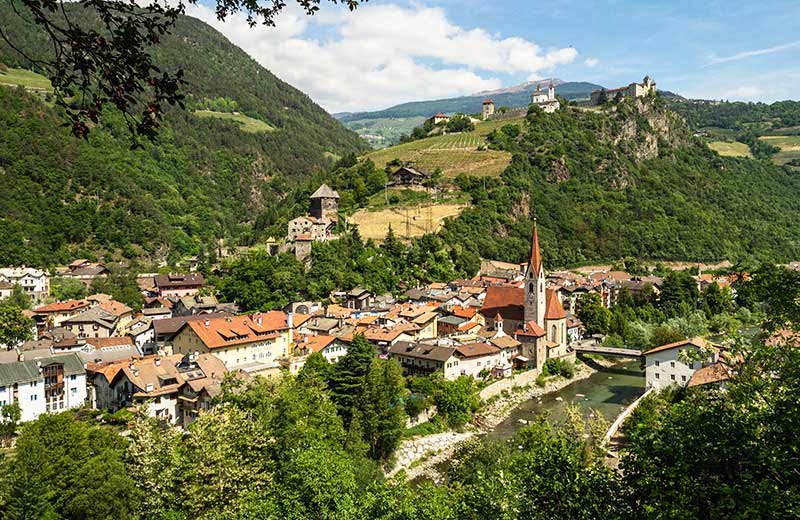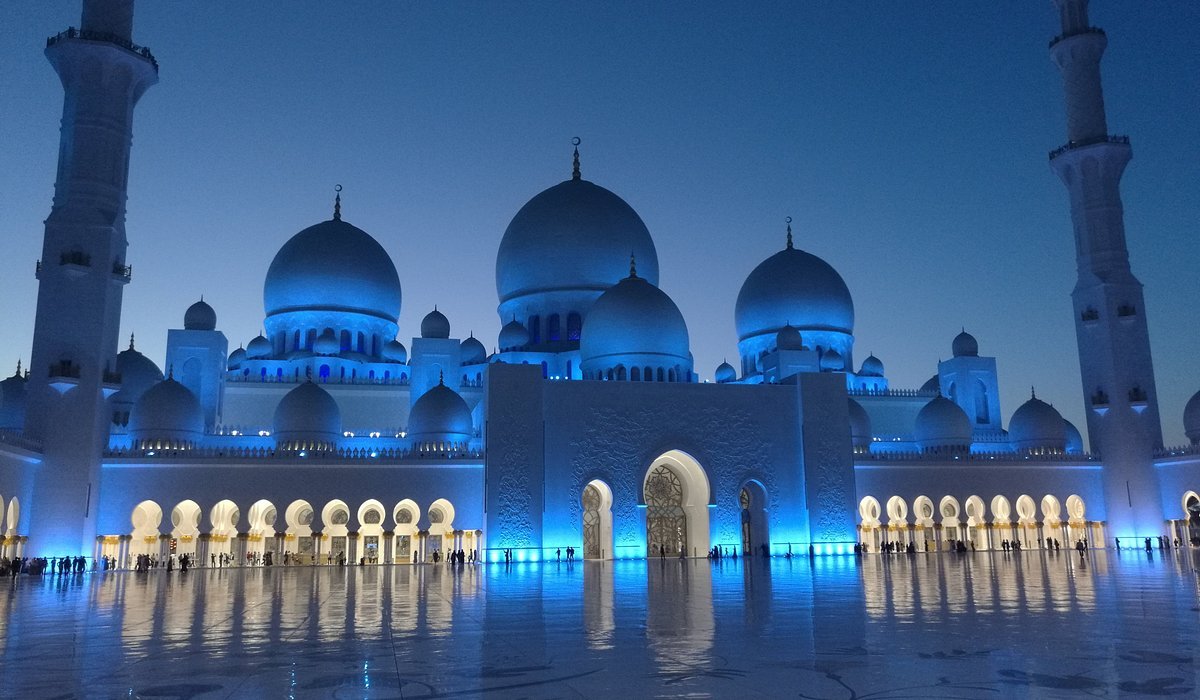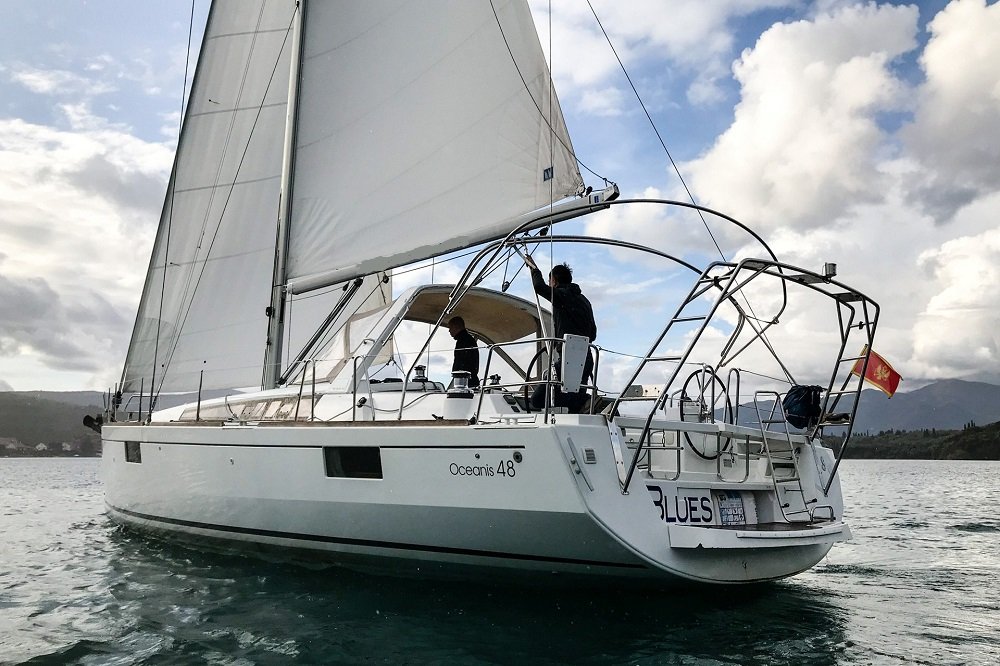Introduction to Colombia’s Coffee Triangle
Colombia’s Coffee Triangle, known as “Eje Cafetero,” is a captivating region celebrated for its rich coffee production and stunning landscapes. Geographically, the area is nestled in the slopes of the Andes mountains, encompassing three key departments: Caldas, Quindío, and Risaralda. This triad not only signifies the heartland of Colombian coffee cultivation but also provides a unique terroir that significantly influences the flavor profiles of the beans cultivated here. The elevation, combined with a temperate climate characterized by consistent rainfall and ideal temperatures, creates perfect conditions for growing high-quality arabica coffee.
The cultural significance of the Coffee Triangle extends beyond agriculture. Coffee production is deeply embedded in the local identity, supported by generations of coffee farmers who have mastered the art of coffee cultivation and processing. Visitors to the region are introduced not just to coffee, but also to the traditional methods employed by local farmers, along with the vibrant culture that surrounds coffee production. Many families have passed down their practices from one generation to another, making coffee farming a vital aspect of life in this region.
The process of coffee growing in the Coffee Triangle involves meticulous attention to detail, from planting and harvesting to drying and roasting. Each stage is crucial in developing the delicate flavors that Colombian coffee is known for. Coffee lovers visiting the area can expect to witness this process firsthand, from walking through lush green plantations to participating in coffee tastings that unveil the nuances in flavor that can be attributed to the region’s rich soil and climate. This immersive experience highlights why the Coffee Triangle is a must-visit destination for anyone seeking to deepen their appreciation for coffee.
Historical Background of Coffee Cultivation in Colombia
The history of coffee cultivation in Colombia stretches back to the late 18th century when coffee first arrived in the country through various trade routes. Initially introduced as an ornamental plant, its significance grew rapidly, leading to its establishment as an essential agricultural product. By the early 19th century, Colombian coffee began to make its mark in international markets, leading to the formation of what is known today as the Coffee Triangle—a region encompassing Caldas, Quindío, and Risaralda, ideal for coffee cultivation due to its altitude and climate.
As the coffee industry flourished, it became a vital economic pillar for Colombia, contributing significantly to the national GDP and providing livelihoods for millions of farmers. The cultivation of coffee not only drove economic growth but also played a crucial role in social development. Coffee-growing regions fostered a culture of community, where farming cooperatives emerged, allowing smallholders to pool resources and share knowledge, thus enhancing their productivity.
The evolution of traditional farming practices in Colombia has also been noteworthy. For generations, farmers have employed methods that respect the environment while ensuring high-quality production. Shade-grown coffee, for example, has been a standard practice, promoting biodiversity and sustainable farming techniques. Over time, innovations have improved cultivation techniques and processing methods, further solidifying Colombia’s position in the global coffee market.
Today, Colombia stands as one of the world’s top coffee producers, and despite challenges such as climate change and fluctuating market prices, its beans are celebrated internationally for their richness and complexity. Coffee not only represents an essential commodity for the country but is also woven into the fabric of Colombian culture, embodying history, tradition, and resilience.
Key Regions Within the Coffee Triangle
The Coffee Triangle in Colombia is renowned for its stunning landscapes and exceptional coffee production, comprised of three main regions: Quindío, Caldas, and Risaralda. Each of these areas has its own unique features that contribute to the diversity of the Coffee Triangle and the rich flavors of its coffee.
Quindío is perhaps the most famous region, distinguished by its lush mountainous terrain and favorable climate for coffee cultivation. The region enjoys a temperate climate with consistent rainfall, which is ideal for growing high-quality Arabica beans. The city of Armenia serves as a central hub for coffee tours, where visitors can explore numerous coffee farms and learn about the cultivation process. Moreover, Quindío features the renowned National Coffee Park, an amusement park that integrates coffee culture through interactive exhibits and coffee-themed rides.
To the south lies Caldas, known for its rich cultural heritage and diverse geography. This region is characterized by steep hillsides where coffee is meticulously grown, producing some of the finest beans with complex flavor profiles. Manizales, the capital of Caldas, is the perfect base for coffee enthusiasts seeking to uncover local coffee farms. The region is also home to numerous coffee-related festivals, showcasing the craftsmanship involved in coffee production.
Lastly, Risaralda offers a slightly different experience with its lush forests and scenic landscapes. The temperature and elevation vary significantly, making it a perfect place for cultivating various coffee varieties. Pereira, the region’s capital, is surrounded by coffee plantations that invite visitors to participate in coffee tastings and farm tours. Additionally, the opportunity to visit hot springs nearby provides a wonderful contrast to the coffee exploration.
Each of these regions—Quindío, Caldas, and Risaralda—offers distinct qualities that make the Coffee Triangle a remarkable destination for coffee lovers and travelers alike.
Types of Coffee Tours Available
The Coffee Triangle in Colombia is renowned not only for its picturesque landscapes but also for its diverse range of coffee tours. These tours allow visitors to immerse themselves in the rich culture of coffee production while gaining hands-on experience in the processes involved. Among the most popular types of coffee tours available are plantation tours, coffee tasting experiences, and specialized workshops, each catering to different interests and preferences.
Plantation tours offer an authentic look into the day-to-day operations of coffee farms. Visitors typically have the chance to explore expansive plantations, learn about the cultivation and harvesting processes, and understand the importance of various coffee-growing techniques. Guided by knowledgeable farmers, these tours often include a walkthrough of the coffee production process, from picking the ripe cherries to processing the beans. Such experiences provide an insight into sustainable farming practices that are crucial to preserving the unique coffee quality in the region.
Coffee tasting experiences, on the other hand, focus more on the sensory aspects of coffee appreciation. Participants learn to differentiate between various coffee flavors and aromas through guided tastings. During these sessions, experts teach visitors about the nuances of coffee profiles, including acidity, body, and fragrance, while emphasizing the importance of origin and processing methods. This type of tour is perfect for those wishing to deepen their coffee knowledge and refine their tasting palate.
For those looking for a more immersive experience, specialized workshops offer hands-on learning opportunities. These workshops may cover topics such as barista skills, brewing methods, or even coffee roasting techniques. Participants engage in practical exercises, providing them with valuable skills and a deeper appreciation for the craft of coffee making. Selecting the right tour ultimately depends on individual interests, availability, and desired learning outcomes, ensuring that every visitor enjoys a tailored experience in Colombia’s Coffee Triangle.
What to Expect on a Coffee Tour
When embarking on a coffee tour in Colombia’s Coffee Triangle, visitors can anticipate a comprehensive and immersive experience that highlights the intricacies of coffee production. Typically, these tours begin with a scenic journey through picturesque landscapes, leading to the coffee farms where the journey truly commences. Upon arrival, guests are greeted by local farmers, whose dedication and passion for coffee cultivation is evident.
The first hands-on activity usually involves picking coffee beans. Tour participants have the unique opportunity to learn the process of selecting ripe coffee cherries, discovering that the quality of coffee starts with the careful harvesting of these fruits. Guides explain the significance of choosing the right cherries and share insights into the seasonal variations that affect the harvest.
After the picking activity, visitors are guided through the post-harvest processes. This segment typically covers the depulping, fermenting, and drying stages, enabling guests to appreciate the transformation of cherries into green beans ready for roasting. The educational aspect is enriched by the farmers’ stories and experiences, adding personal touch to the day’s activities.
Next in the itinerary, participants are introduced to the roasting process. Observing how green beans are roasted enhances their understanding of flavor development and coffee profiles. Many tours incorporate a tasting session, allowing guests to sample various brews. This segment emphasizes the distinguishing characteristics of different coffee types, reinforcing the knowledge acquired throughout the tour.
Throughout the tour, there is ample opportunity for interaction with farmers, who share their daily practices and cultural traditions associated with coffee. This connection fosters a deeper appreciation for the labor involved in coffee production, making the experience not only enjoyable but also enlightening. Each visit ultimately culminates in a greater understanding of the coffee journey from farm to cup.
Cultural Experiences Alongside Coffee Tours
While exploring the Coffee Triangle in Colombia, visitors are invited to engage in a rich tapestry of cultural experiences that enhance the coffee tour journey. Each coffee plantation is not just a source of world-renowned coffee but also a gateway to local traditions, food, and art forms. Tourists can immerse themselves in the authentic flavors of Colombian cuisine by participating in guided cooking classes, where local chefs share age-old recipes using regional ingredients. A traditional dish such as arepas or Bandeja Paisa, which features a variety of meats, beans, and plantains, allows travelers to connect with the culture on a deeper level, enjoying meals prepared with love and local expertise.
Artisan markets are another highlight within the Coffee Triangle, showcasing handmade crafts, textiles, and artwork from local artisans. These markets provide visitors with the opportunity to purchase unique souvenirs while interacting with the local community. Engaging directly with artisans not only supports local economies but also allows for an appreciation of the stories and traditions behind each crafted piece. Visitors may find themselves captivated by vibrant pottery, woven baskets, and intricate jewelry, which often reflect the artistic spirit of Colombia and its coffee-growing heritage.
Furthermore, traditional music and dance performances offer an additional layer of cultural immersion during coffee tours. Regional styles, such as Cumbia and Bambuco, fill the air with rhythmic sounds that reflect Colombia’s cultural diversity. Attending a live performance offers a vibrant setting for travelers to witness traditional costumes and local interpretations of folk tales through dance. These experiences create a charming backdrop that not only complements the rich taste of Colombia’s coffee but also signifies the country’s warm hospitality and deep-rooted traditions. By integrating these cultural elements with coffee tourism, visitors are guaranteed a holistic experience, leaving them enriched and inspired.
Practical Tips for Planning Your Coffee Tour
When planning a coffee tour in Colombia’s Coffee Triangle, timing your visit is crucial. The best months to experience this region are from December to March and June to September. During these periods, the weather is generally pleasant, with less rainfall, allowing for a more enjoyable exploration of coffee farms and plantations. Additionally, scheduling your trip to coincide with the coffee harvest season, which typically runs from October to January, will provide a unique opportunity to witness the process of coffee production firsthand.
Choosing a reliable tour operator is another vital aspect of your planning. Several companies offer varied experiences, from workshops to immersive cultural tours. Some reputable operators include *Café San Alberto*, *Cocoa & Coffee Experience*, and *Coffee Tour Colombia*. Researching reviews and comparing packages will help you find an operator that matches your interests, whether you’re keen on tasting sessions or detailed educational tours. Engaging with local guides can enrich your understanding of the coffee-making process and the cultural significance of coffee in the region.
Transportation is another consideration when exploring the Coffee Triangle. Public buses are available and can be an economical option; however, they may not be the most convenient for accessing remote coffee farms. Renting a car or hiring a private driver allows for greater flexibility, especially for those looking to visit multiple locations in one day. Be sure to check road conditions and plan your route to avoid any potential delays.
Regarding accommodation, the Coffee Triangle offers a range of options from boutique hotels to charming hostels. Staying in towns like Salento, Manizales, or Pereira provides easy access to numerous coffee farms and attractions. Ensure to book your accommodations in advance, especially during peak tourist seasons, to secure the best deals and availability.
Sustainability and Ethical Coffee Tour Practices
The coffee tourism industry in Colombia’s Coffee Triangle has increasingly embraced sustainability and ethical practices as integral components of its operations. As environmental concerns grow, many coffee farms have begun adopting eco-friendly methods that protect their local ecosystems while enhancing the quality of the coffee produced. These practices often include organic growing techniques, water conservation systems, and biodiversity initiatives that promote the natural habitat surrounding coffee plants. By minimizing the use of harmful pesticides and fertilizers, farms are not only preserving their land but also contributing to a healthier coffee supply chain.
Moreover, supporting local communities has taken on significant importance in the realm of coffee tourism. When travelers choose to visit farms that prioritize ethical practices, they contribute to the economic well-being of the region. Many coffee tours are designed to benefit local farmers directly, providing fair wages and encouraging sustainable livelihoods. This approach not only bolsters the local economy but also fosters a sense of community pride and ownership among coffee growers.
Tourists play a crucial role in promoting sustainability and ethical practices during their visits. They can engage in responsible tourism by selecting tours that highlight local coffee cultures and prioritize sustainability. Additionally, visitors should aim to support businesses that are certified as fair trade or actively participating in socially responsible initiatives. By educating themselves about the practices of various farms, tourists can make informed decisions that align with their values and promote positive impacts on the environment and local communities.
Ultimately, prioritizing sustainability and ethical practices within Colombia’s Coffee Triangle enhances the overall experience of coffee tours, creating a deeper connection between visitors and the rich cultural heritage of coffee production. Supporting these practices ensures that the beautiful landscapes and communities that define the region continue to thrive for generations to come.
Conclusion: The Ultimate Coffee Experience in Colombia
In summary, exploring the Coffee Triangle of Colombia offers a unique and enriching experience that transcends the mere act of tasting coffee. This region, renowned for its lush landscapes and vibrant culture, invites visitors to immerse themselves in the intricacies of coffee cultivation and production. From navigating the scenic coffee farms to engaging with local farmers, each aspect of a coffee tour reveals the passion and dedication that characterizes Colombian coffee culture.
Travelers can partake in a variety of activities, including hands-on coffee harvesting demonstrations, guided tastings, and insightful workshops that illuminate the entire process from bean to cup. These experiences not only enhance visitors’ appreciation for coffee but also foster a profound connection to the land and its people. Immersing oneself in this rich cultural heritage allows for a better understanding of the challenges and triumphs faced by the coffee producers.
Furthermore, the Coffee Triangle is not solely about coffee; it is a celebration of a way of life that intertwines agriculture, sustainability, and local customs. The opportunity to explore charming towns like Manizales, Salento, and Armenia adds to the adventure, enabling visitors to experience the warmth of Colombian hospitality. Each town boasts its own unique flair, offering delightful cuisine and excellent opportunities for souvenir shopping.
Ultimately, a visit to Colombia’s Coffee Triangle serves as an invitation to savor the aromatic offerings of the region while deeply engaging with its rich cultural tapestry. Travelers will walk away with not only an enhanced palate but also cherished memories of their connecting journey through one of the world’s premier coffee-producing areas. Such experiences illustrate that Colombia is not just a place to enjoy coffee, but a destination to understand and celebrate a vital part of its cultural identity.
